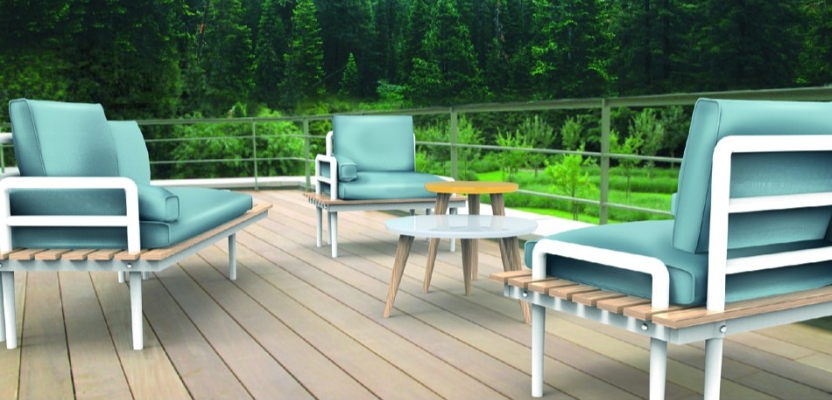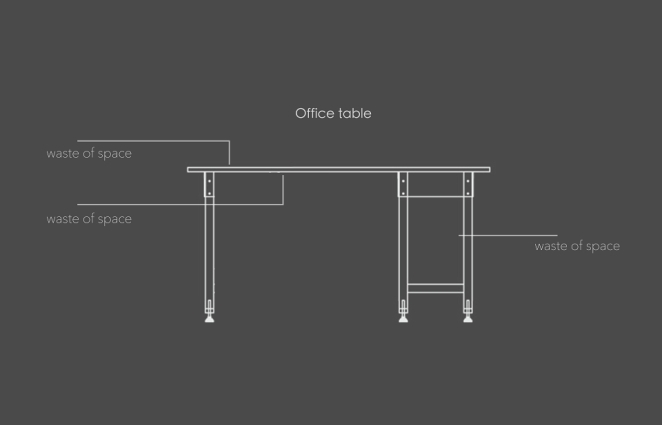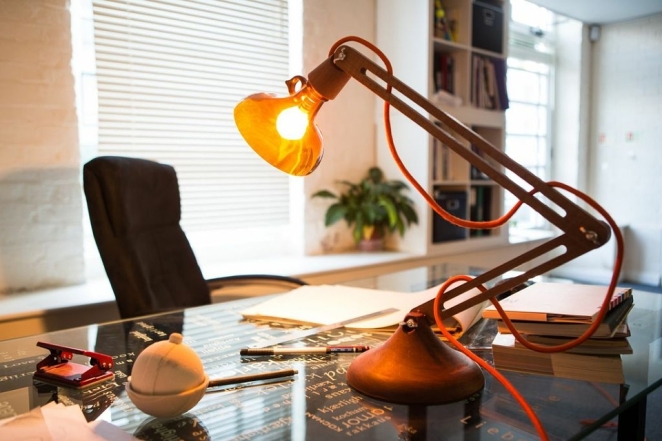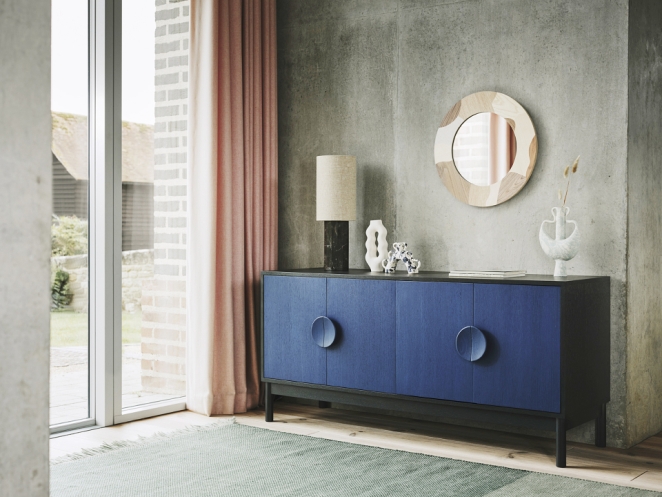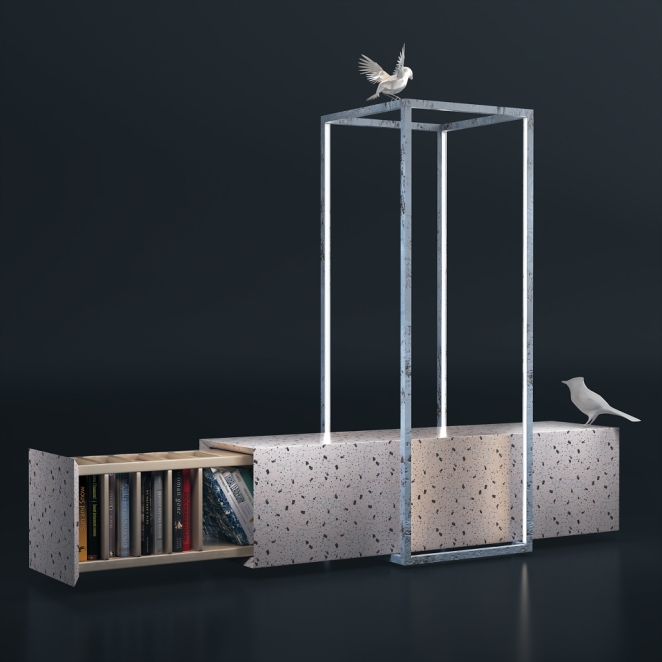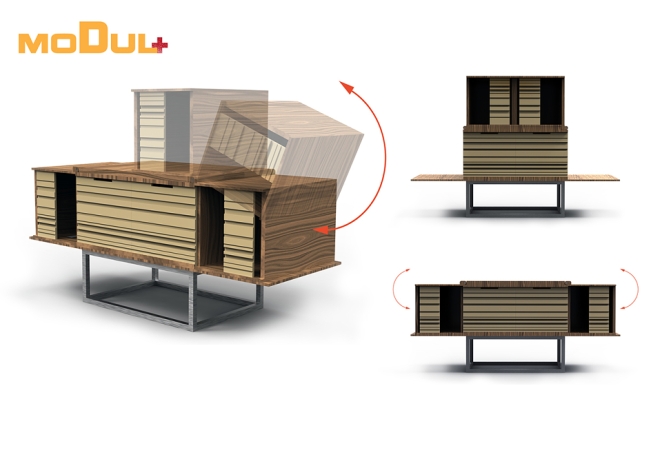As a freelance furniture designer, determining your rates is a crucial aspect of running a successful business. Setting the right pricing ensures that you are compensated fairly for your creative skills, time, and effort. However, it can be a challenging task to strike the perfect balance between affordability for clients and profitability for yourself.
In this article, we will delve into the factors that influence freelance furniture designer rates, discuss how to calculate your pricing, and explore the essential skills you need in this competitive industry.
Freelance Furniture Designer Rates
Ping I Chou
Before diving into the specific numbers, it's essential to understand that freelance furniture designer rates can vary significantly depending on several factors. These factors include your experience, expertise, location, market demand, and the complexity of the projects you undertake. On average, freelance furniture designers charge anywhere from $40 to $100 per hour or have project-based rates that can range from $500 to $10,000 and beyond.
How Much Should I Charge as a Freelance Furniture Designer?

Antonia Liti
Determining your freelance furniture designer rates requires a thoughtful analysis of your skills, experience, and the overall market conditions. Here's a step-by-step guide to help you set your pricing:
Self-Assessment
Begin by conducting a self-assessment of your skills, education, and experience as a furniture designer. Take note of any certifications, formal training, or specialized knowledge that sets you apart from others in the field. This self-evaluation will form the foundation of your pricing structure.
Market Research
Conduct thorough market research to understand the current trends and rates in the furniture design industry. Look into the rates charged by other freelance furniture designers, design studios, and furniture manufacturers. Consider the pricing of both local and international competitors, as the global market can have an impact on your local rates.
Calculate Your Expenses
To set profitable rates, you must have a clear understanding of your business expenses. These include design software subscriptions, hardware and equipment costs, marketing expenses, workspace rent, insurance, and other overheads. Knowing your expenses will help you set a baseline for your rates to ensure you cover your costs.
Determine Your Hourly Rate
Once you have a good grasp of your skills, market rates, and expenses, calculate your ideal hourly rate. This rate should take into account your desired income, the number of billable hours you expect to work each week or month, and the time you need for administrative tasks. Don't undervalue your time and expertise; charging too little can lead to burnout and financial strain.
Project-Based Rates
While hourly rates are common in the freelance world, you may also opt for project-based rates for larger or more complex projects. Project-based rates can provide clarity for both you and your clients, but make sure to include enough buffer in case the project requires additional time and effort.
Factors Influencing Your Pricing
Alon Alex Gross
Several factors influence your freelance furniture designer rates, and understanding them will help you make informed pricing decisions:
Experience and Expertise
As with many professions, experience and expertise play a significant role in determining your value as a furniture designer. Clients are often willing to pay more for designers with a proven track record of delivering high-quality work and innovative designs.
Complexity of the Project
More complex projects that require intricate designs, unique materials, and extensive planning will naturally command higher rates. Consider the time and effort required to complete each project when setting your prices.
Demand and Supply
The demand for the best furniture designers in your area or niche can influence your rates. If there's a high demand for your specific skills and limited competition, you may be able to charge higher rates.
Client Budget
Be mindful of your potential clients' budgets. While you want to charge fair rates, being flexible and offering various packages can help you attract a broader range of clients.
Industry Standards
Keeping an eye on industry standards will give you a sense of what clients generally expect to pay for furniture design services. While you can set your rates above or below these standards, being too far from the norm may affect your marketability.
What Skills Do I Need as a Furniture Designer?

Maria Camarena
To succeed as a freelance furniture designer, you must possess a diverse skill set. Here are some essential skills that will enhance your value and reputation:
Design and Creativity
As a furniture designer, your primary skill is the ability to conceive unique and innovative designs that are both functional and aesthetically pleasing. Cultivate your creativity and stay updated on design trends to offer fresh ideas to your clients.
Technical Proficiency
Having strong technical skills and knowledge of design software and tools is crucial for translating your ideas into detailed plans and 3D models. Familiarize yourself with programs like AutoCAD, SketchUp, and Adobe Creative Suite.
Material Knowledge
Understanding different materials and their properties is essential for designing furniture that is durable, functional, and sustainable. Keep abreast of the latest advancements in materials to offer cutting-edge solutions.
Communication and Collaboration
Effective communication with clients, manufacturers, and other stakeholders is vital for ensuring that your vision is accurately translated into the final product. Collaboration skills are especially important for larger projects that involve teams of designers and craftsmen.
Business and Marketing
As a freelancer, you are not just a designer but also a business owner. Understanding marketing strategies, client management, and financial planning will help you run a successful freelance furniture design business.
Communicating Value to Clients
Magnus Pettersen
Setting the right pricing for your furniture design work is only half the battle; effectively communicating the value of your services to clients is equally important. Here are some strategies to help you convey the worth of your work:
Portfolio Showcase
Curate a professional portfolio that showcases your best work. Include high-quality images of completed projects along with detailed descriptions of each design. A visually appealing portfolio will not only impress potential clients but also demonstrate your expertise and design style.
Testimonials and Reviews
Positive reviews and testimonials from satisfied clients can significantly boost your credibility. Encourage clients to provide feedback and reviews after completing projects. Share these testimonials on your website, social media, and other platforms to build trust with potential clients.
Case Studies
Consider creating case studies for some of your more complex or unique projects. A case study allows you to take potential clients through the entire design process, from concept to completion, highlighting the challenges you overcame and the innovative solutions you provided.
Personalized Proposals
Avoid using generic proposals for your clients. Instead, take the time to understand their specific needs and craft personalized proposals that address their requirements. Tailoring your proposals will demonstrate your commitment to their project and show that you genuinely care about delivering exceptional results.
Demonstration of Expertise
Show your expertise through thought leadership. Write blog posts or articles on furniture design topics, participate in design forums, or speak at industry events. Establishing yourself as a knowledgeable authority in your field will further emphasize your value to potential clients.
Handling Negotiations
Oksana Belova
While having set rates is essential, negotiations are an inevitable part of freelance work. Clients may have different budgets and requirements, and it's essential to handle negotiations tactfully. Here are some tips for successful negotiations:
Know Your Bottom Line
Before entering negotiations, establish your minimum acceptable rate. Knowing your bottom line will prevent you from accepting projects that are not financially viable and ensure you stay profitable.
Value-Driven Approach
Rather than solely focusing on the price, emphasize the value your services bring to the client's project. Highlight the benefits they will receive from working with you, such as unique designs, expertise in specific materials, or efficient project management.
Be Flexible with Scope
If a client has a limited budget, consider offering alternative options that fit within their constraints. This could involve simplifying the design, using more cost-effective materials, or breaking the project into smaller phases.
Payment Terms
Clearly outline your payment terms and expectations in your contracts. Consider requesting an initial deposit before starting work and setting milestone payments throughout the project's duration. This approach provides you with some financial security and encourages timely payments from the client.
Building Client Relationships
Milan Rankovic
Long-term success as a freelance furniture designer depends on building strong client relationships. Happy clients are more likely to refer you to others and become repeat customers. Here are some tips for fostering positive client relationships:
Excellent Communication
Maintain open and responsive communication with your clients throughout the project. Regularly update them on the progress and be readily available to address any questions or concerns they may have.
Underpromise and Overdeliver
Set realistic expectations with your clients and strive to exceed them. Delivering exceptional results will leave a lasting positive impression and build trust in your abilities.
After-Sales Support
Offer after-sales support to your clients, such as providing maintenance advice or offering modifications if necessary. Going the extra mile to ensure their satisfaction will make them more likely to recommend you to others.
Follow-Up
Check in with clients after the project's completion to gather feedback and ensure their continued satisfaction. This feedback can also be valuable for improving your services in the future.
Asking around

Barbara Guoth
Of course, these are all rough guidelines, but it should give you some idea how much other freelance furniture designers are charging.
We would also recommend reaching out to the dozens of furniture designers on Creativepool for advice not only on charging but on advancing your career.
They all started where you are now, and many will be glad to share their wit and wisdom with you. Of course, others might not, but it certainly can’t hurt to ask. And who knows, you might meet your mentor!
Ultimately, always know your worth though, because you have done a lot of hard work to get to this point in your life and you should be paid accordingly. Stand strong and confident and know that your creativity shouldn’t come cheap.
